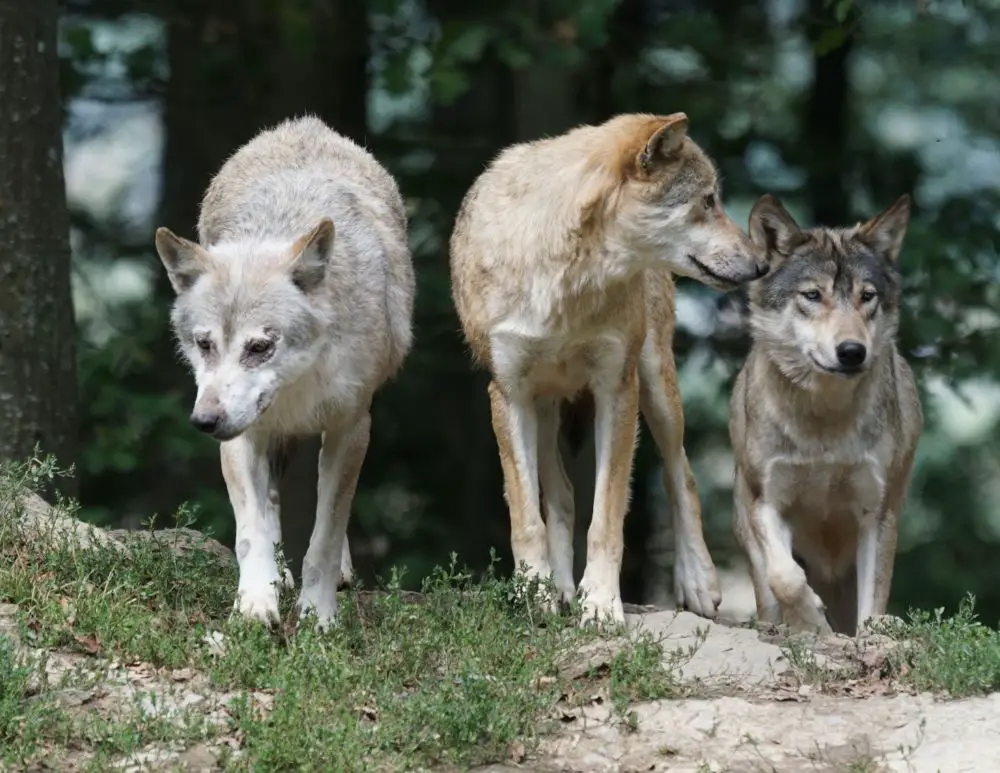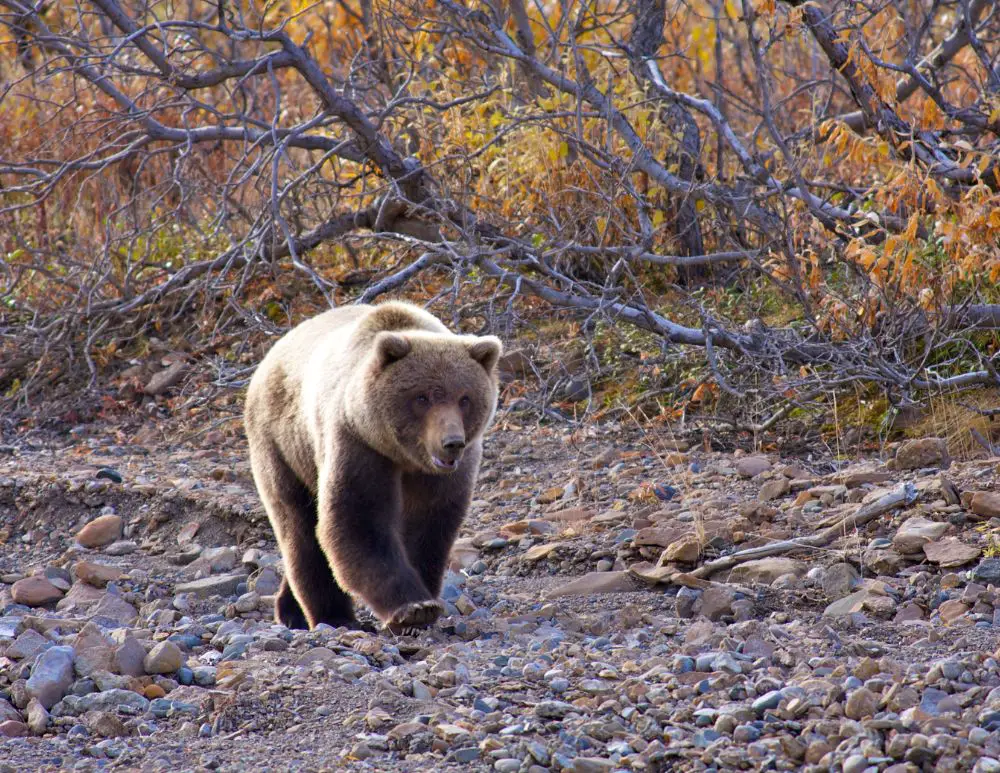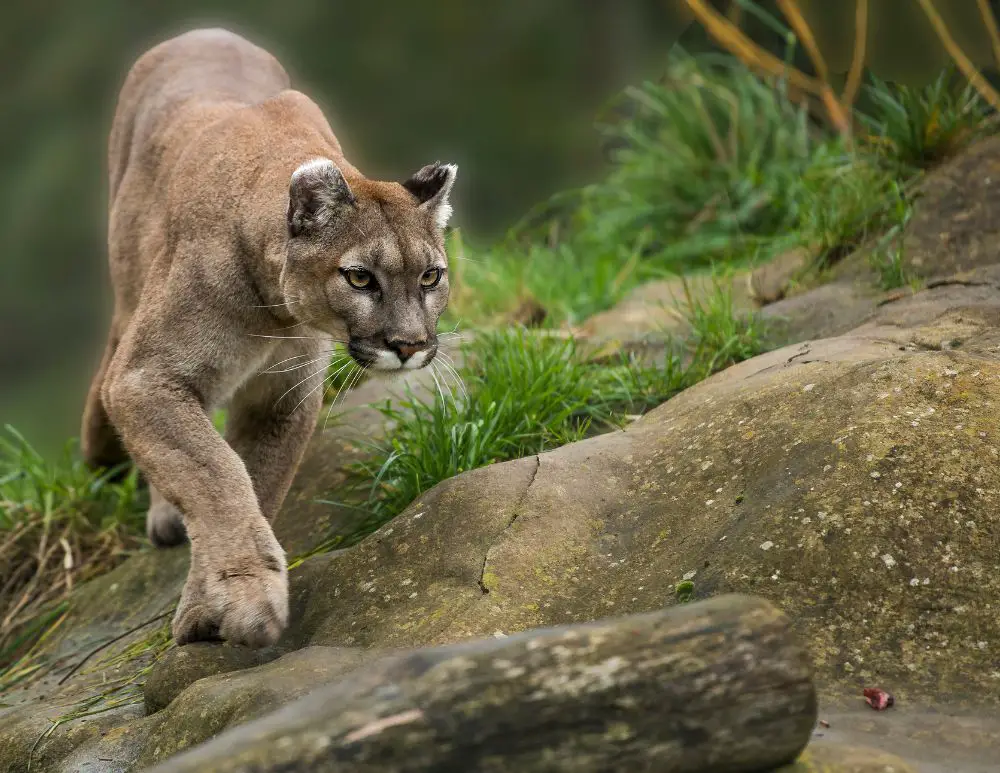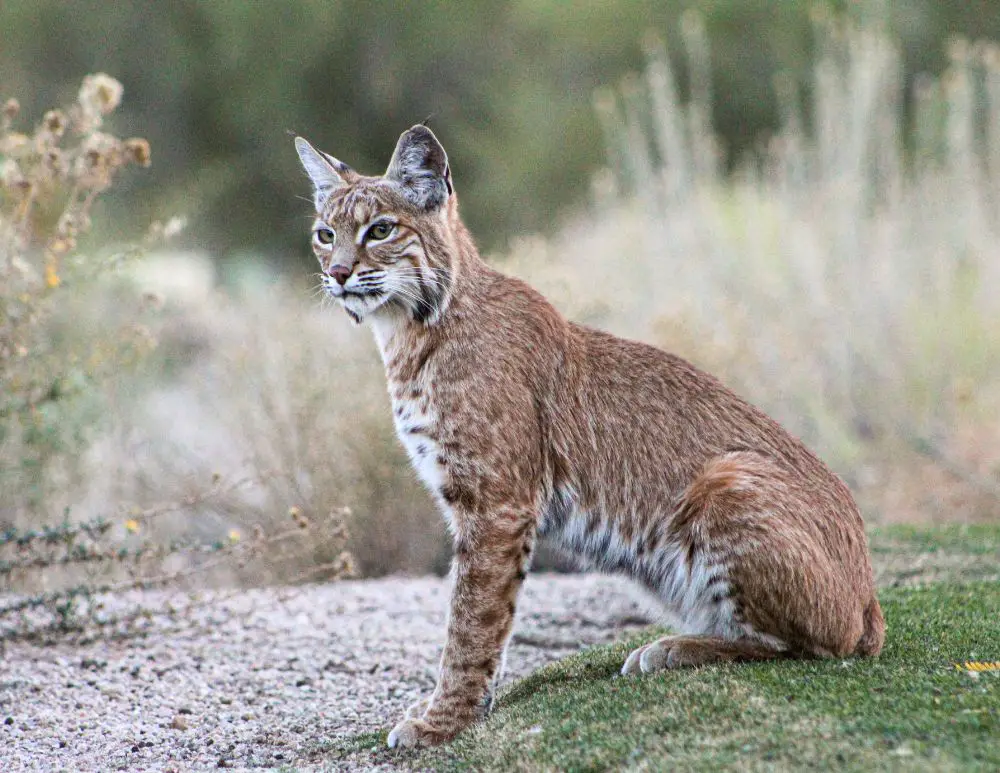Coyotes, wolves, bears, mountain lions and bobcats are amongst the most likely predators of domesticated cattle. In some parts of the world, such as Australia, crocodiles and wild dogs also hunt cows.
It is important to be able to identify the signs of predator attacks so you can then take preventative measures.
Table of Contents
Common Cow Predators
Cows are often targeted by predators because despite being big, they don’t have the strongest defensive skills and will yield a lot of meat if successfully taken down.
These predators are one of the greatest challenges that a cattle rancher will have to face:
1. Coyotes
One of the most common predators of all livestock, coyotes often attack cows. Coyotes are known for hunting an array of animals ranging from small rodents, birds, big game mammals, poultry and other domesticated livestock.
Coyotes are the greatest threat to cows. Recent studies have shown that coyotes account for almost 40% of cattle deaths due to predators.

Coyotes are much more common than mountain lions and bears, so they naturally account for more of the attacks on cattle. Their small size, nocturnal behavior, and hunting abilities make coyotes a distinctive threat to cows that are unattended and vulnerable.
Due to their small size, coyotes prefer to go after calves which makes for a much easier kill. However, if they are able to isolate an individual adult cow, they might make an attempt if they are hunting as a pack. For the most part, coyotes prefer to hunt individually or in pairs at most, so it is rare for an entire to attack a cow.
Coyote wounds are easily identified as they usually like to go for the throat of the animal in hope of either suffocating them or lacerating an artery. They will very rarely attack limbs or the torso of a larger animal as they lack the strength.
If a coyote makes a kill, they will normally tear away a cow’s intestines and rumen, and limbs will likely be dismembered. Small puncture wounds from the coyotes’ canine teeth are usually identified in the bite marks and are most exhibited near the neck and skull.
2. Wolves
Wolves are the second greatest threat as a predator for cows due to their size and strength. They will prefer to single out a lone cow and take it down easily as a pack.

While calves are again the easier target, wolves won’t shy away from taking on an adult cow. Being large and hunting in packs, wolves are able to confidently take down fully grown dairy cows in a matter of moments.
A wolf will usually start their attack by going for a cow’s hind legs, hoping to disable them from being able to run away. Their bite marks similarly resemble a coyote’s, but will be much larger in size. The lacerations from their large canines are much more pronounced and are easily seen in the wound marks.
3. Bears
Both black and grizzly bears are most often seen as predators to cows in regions that are more remote. Because bears don’t like to interact with humans, they will avoid venturing too close to farms that are close to highly populated towns or cities.

Bears do most of their hunting of cows in the late summer when their appetite has increased before they hibernate for the winter. In late July through early September, be on the lookout for signs of bear activity.
Due to their immense size and strength, bears will easily kill a cow on their own by biting their neck or swiping at the cow’s face with their claws. Highly mutilated carcasses with many bites and deep lacerations will likely indicate that it was a bear attack. Bears will eat the majority of their kill, so the carcass will likely be missing a large amount of flesh and organs.
4. Mountain Lions
Mountain lions, sometimes referred to as cougars, are known to prey on a variety of large mammals. Elk, deer, goats, sheep, cattle, horses and even moose are known to be targeted by mountain lions.

Lions like to hunt individually but are able to do so in an incredibly efficient manner. A single mountain lion can easily kill 5 to 10 sheep in just one night. A single cow is sufficient to feed a lion for a few nights, so they will likely only kill one and then continue to return to that carcass in the following days.
A mountain lion often attacks from above when possible due to the incredible strength of their jaws. They will climb up a cow’s back with their sharp claws in order to get the opportunity to bite down hard on the neck or head of the animal.
The bite marks of a lion are easy to distinguish, as their 1.5-inch long canines will puncture deep into the flesh of the animal. Cougars like to hide the carcass if possible to make sure scavengers don’t eat their kill.
5. Bobcats
Even though bobcats are the smallest of the animals on this list, they can be one of the most clever predators to hunt cows. They typically like to hunt smaller mammals such as rabbits and squirrels, but they will occasionally hunt deer and baby cows.

In a similar approach to the mountain lion, bobcats like to attack cows from above in order to bite their prey in the back of the neck or head. Once they’ve managed to kill a cow, they will prefer to eat the legs and hindquarters of the animal first.
A bobcat’s bite marks are much smaller than a mountain lion’s, as their canine teeth are about half the size. Bobcats like to try and cover up after their kills with litter, so the presence of kicked-up dirt on a carcass is a good indicator that a bobcat might’ve been the culprit.
How To Protect Your Herd
According to a study done by Mississippi State University, data shows that predators can be responsible for up to 2% of the total cattle deaths in a single year in the United States, and almost 7% of all calf death losses in a single year in the United States. With there being about 91.9 million head of cattle and calves in the United States as of Jan. 1, 2022, about 1.8 million cows will die of predation this year.
Therefore, it is essential for your herd to be regularly observed and properly protected. Fortunately, there are many ways to effectively protect your cattle.
Guard Animals
Getting yourself a dog animal, such as a dog or donkey, is an effective way to keep predators away. Dogs are particularly great for keeping a lookout for any predator activity.
Donkeys and llamas can be beneficial to always stay with the herd, as many guard dogs will follow you in and out of the house. While your dog is sleeping safely with you indoors, you can rely on your donkey’s ability to sense predators and fight back if they attack during the night.
Fencing
Predator-proof fencing is one of the best ways of keeping your animals safe and keeping predators out. Smaller predators like coyotes and bobcats can sneak through small openings in fencing, so it is important to always check your fencing for breaks or holes.
Electric fencing constructed of a fine mesh wire is one of the best ways of keeping small predators out. There are many methods of safely and cost-effectively installing an electric fence yourself.
Housing
Making sure your cows have a safe place to sleep at night is key, as many predators have nocturnal hunting patterns. Reinforcing your cattle barn with mesh wire fencing will ensure that smaller predators aren’t able to sneak in and cause a major disturbance to your resting herd.
The Buddy System
If you have a variety of other grazing animals, like sheep, alpacas and goats, it’s a good idea to let them graze alongside your cows. The concept of safety in numbers is huge for livestock, as herd grouping is one of their most effective defense mechanisms and will make predators think twice before making their move.
What Do Cows Do When They Are Attacked?
One of the greatest defense mechanisms that cows use when attacked is by huddling together. Young calves and weaker cows are often the primary targets when a predator attacks, so the rest of the herd will often come together as a group in order to protect them.
Grouping together is also an effective intimidation strategy. As described previously, most predators are only confident in attacking a single cow, and they won’t likely attack even small groupings of cows.
